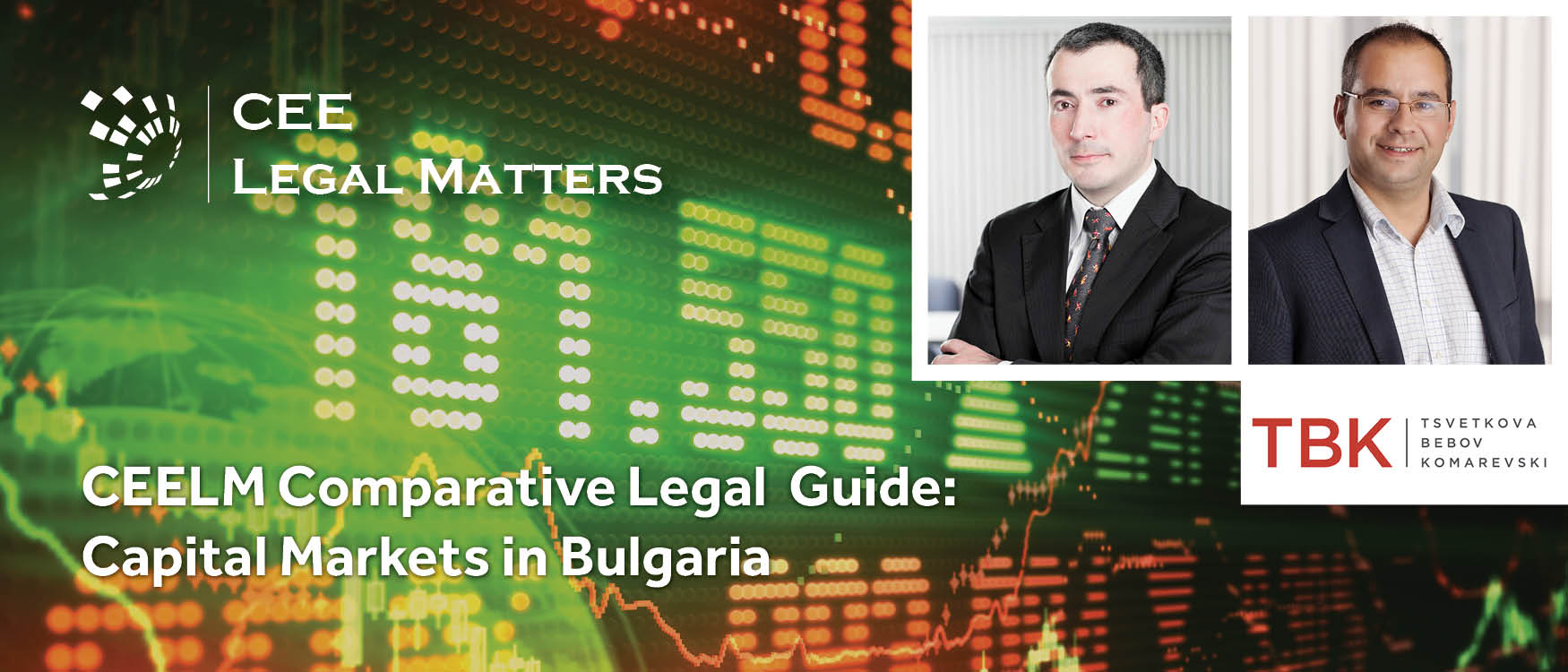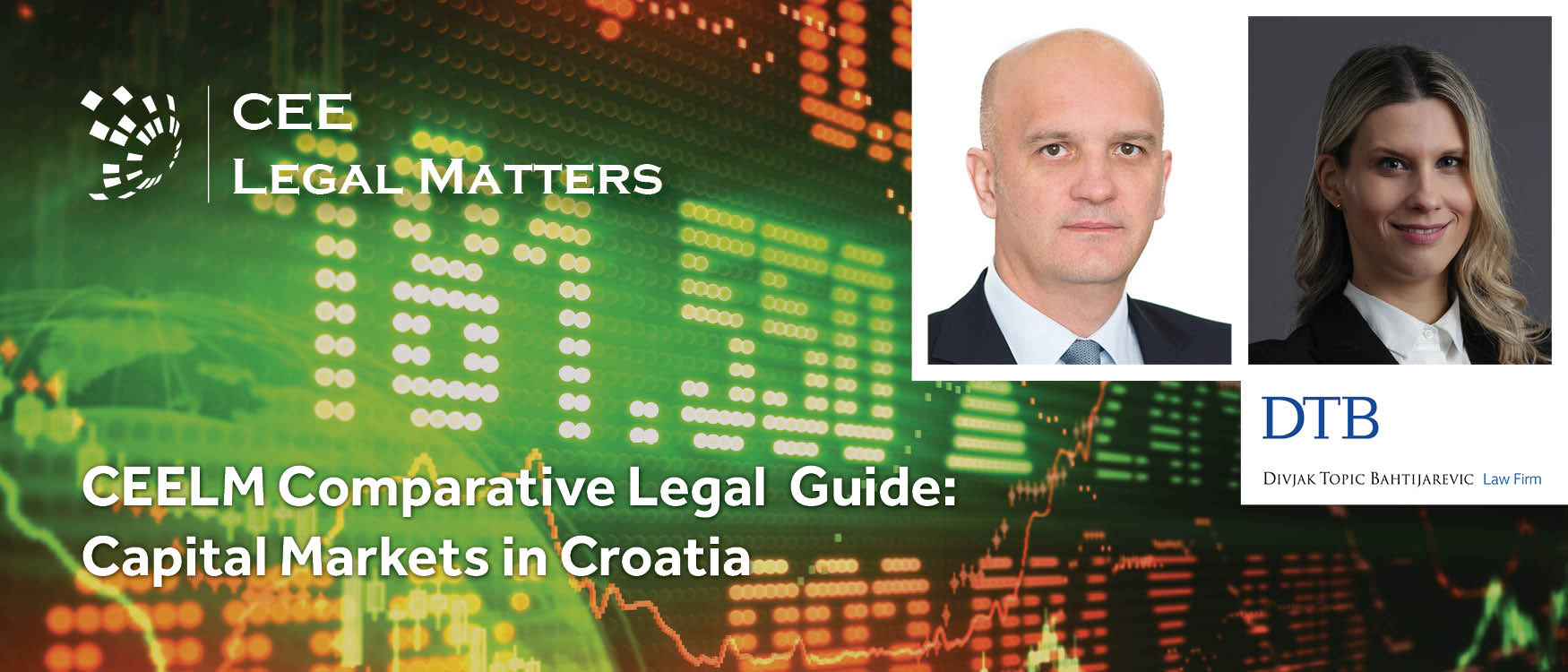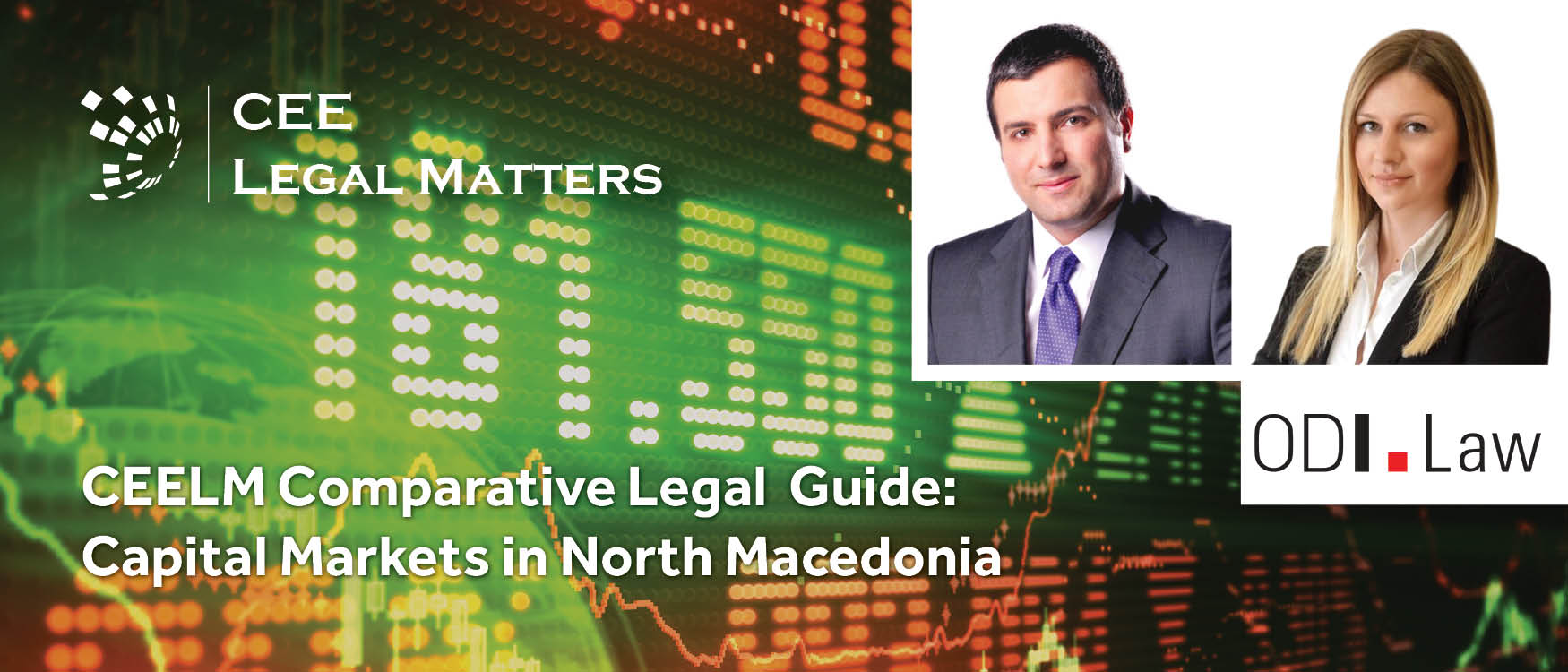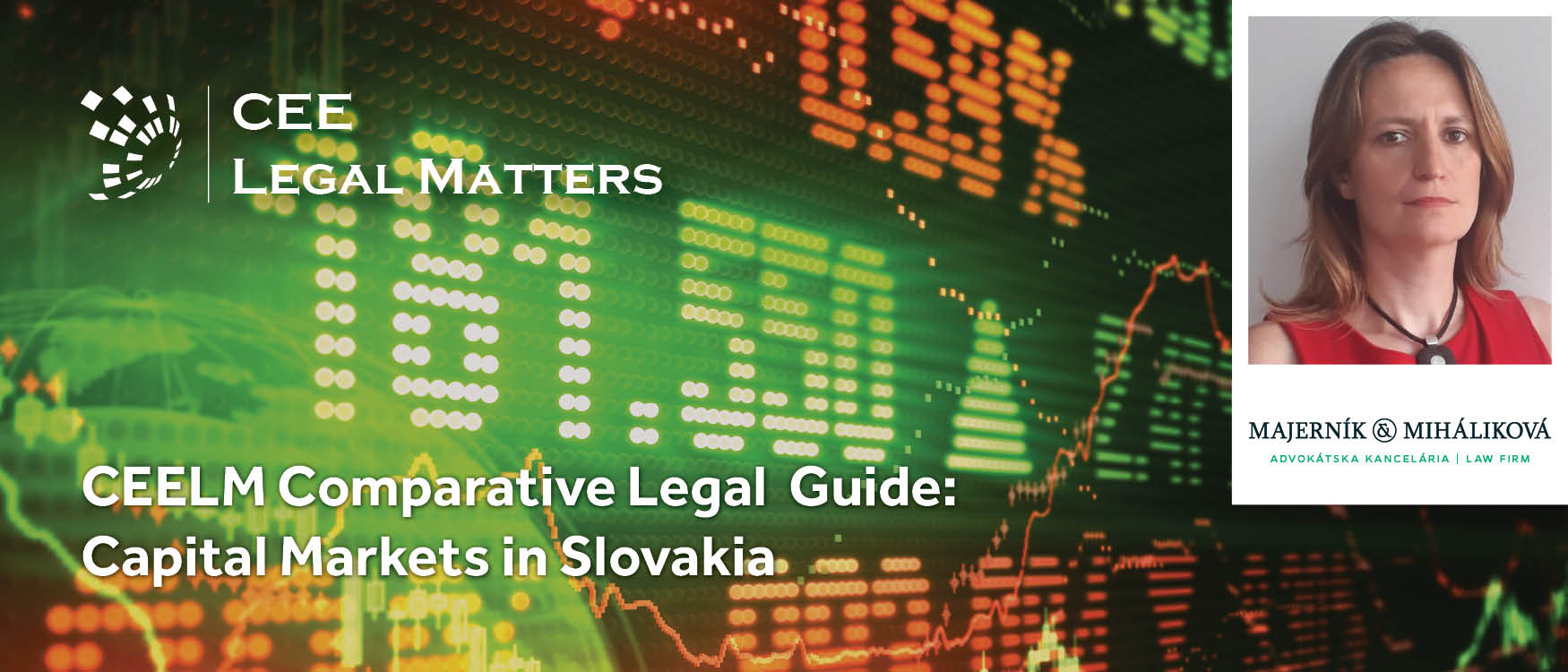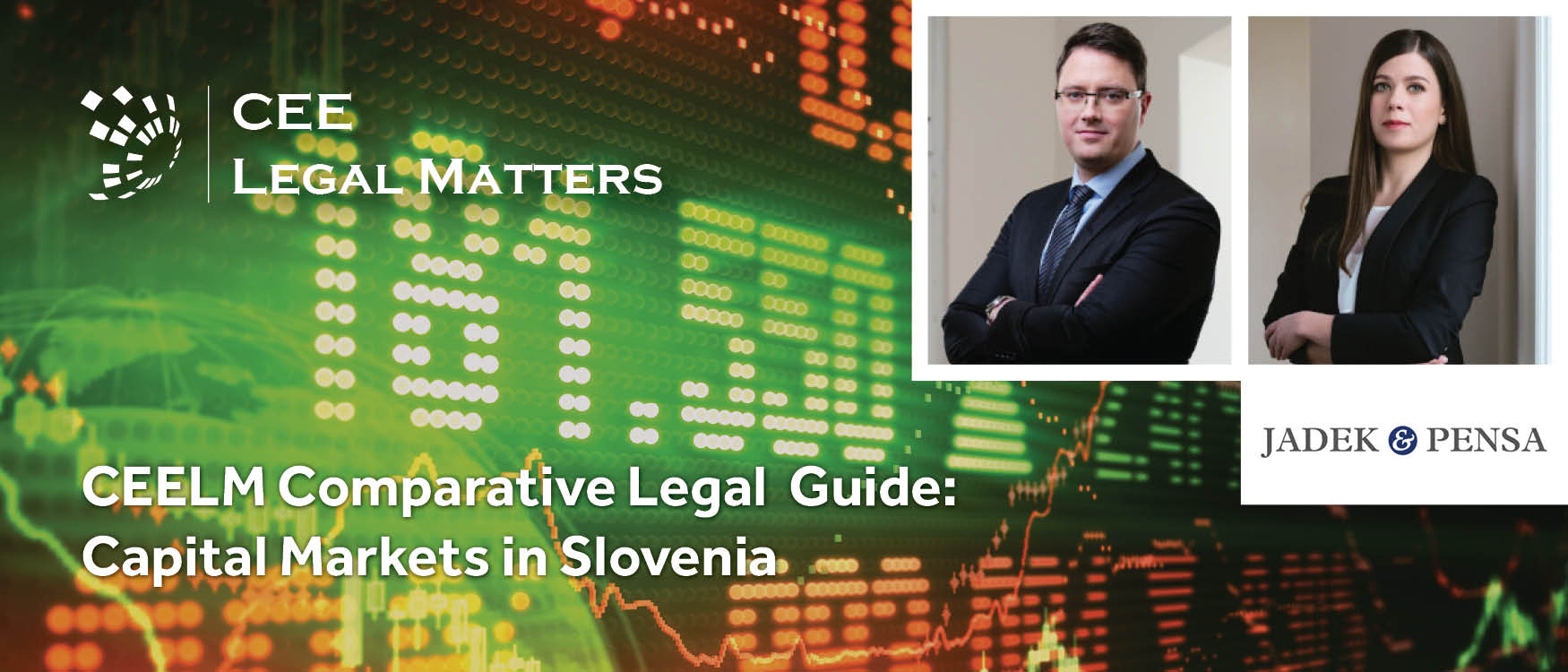Contributed by ACI Partners.
1. Market Overview
Moldova’s capital market started its existence in 1994, following a mass privatization process. Since then this sector has been subject to several reforms, which continue until today. Notwithstanding the continuing reform, Moldova’s capital market is still characterized by insufficiently developed capital market infrastructure, a limited number of financial instruments, a limited range of financial intermediation services, and a limited number of private investors interested in investing in financial instruments.
The main regulatory act is the Law on Capital Market No. 171 of 11 July 2012 (the “Capital Market Law”), which transposed 11 EU directives, including MiFID, the Directive on Takeover Bids, the Investor Compensation Scheme Directive, the Market Abuse Directive, the Capital Adequacy Directive, and the UCITS Directive. The Capital Market Law was designed to open up the capital market to foreign investors, strengthen the powers and independency of the national regulator, and set higher capital requirements on capital market participants.
The Capital Market Law establishes the entities and systems that are part of the capital market infrastructure, including the regulated markets, financial intermediaries, multilateral trading facilities (MTF), central security depository, securities settlement systems, and independent registrars. The Law also regulates the activity of investment firms, public offering, and takeover bids, determines mandatory disclosure reaquirements, and conditions for financial investments.
The National Commission for Financial Markets (NCFC) is the independent regulatory agency that supervises the securities market, insurance sector, and non-banking financing in Moldova.
The capital market in Moldova is still under development and is limited to an equity securities market transacted on primary and secondary markets. A corporate bonds market in Moldova does not exist yet. The market of debt financial instruments is represented mainly by governmental securities, which are placed only on the interbank market. The NCFM currently is working on a new reform allowing govermental securities to be transacted on the regulated market as well.
Transactions related to the issuance of new securities takes place on the primary market, while the secondary market deals with the trading of securities already issued and admitted to trading.
The transactioning of securities on the secondary market may be performed on the regulated market, thourgh the multilateral trading facility or outside the regulated market, directly between the buyer and purchaser. Transactions on the regulated markets and MTF are not very popular, therefore a significant part of transactions are still acomplished over the counter.
The Moldovan Stock Exchange (MSE) is the only stock exchange duly licenced and operating in the Republic of Moldova. The MSE was initially created in 1994 and performed its first transactions in 1995. After capital market legislation was reformed in 2013, the MSE obtained a licence as market operator, and authorizations for the regulated market and for the multilateral trading facility.
The statistics of transactions registered both on the MSE regulated market and MTF are quite modest.
Thus, in the last two years the MSE released the following statistics:
2018
- Total number of transactions on the regulated market (units): 287
- The volume of transactions on the regulated market: MDL 1,930,299,737.11 (about EUR 96 milion)
- The number of transactions on the MTF (units): 92
- The volume of transactions on the MTF: MDL 3,273,952,028.83 (about EUR 163 milion)
2019
- Total number of transactions on the regulated market (units): 202
- The volume of transactions on the regulated market: MDL 47,223,790.54 (about EUR 2 milion)
- The number of transactions on the MTF (units): 46
- The volume of transactions on the MTF: MDL 5,756,258.10 (about EUR 287 thousand)
The most transacted securities on the MSE regulatory market are securities issued by Moldovan commercial banks. Among the most significant transactions registered on the MSE regulated market in the past 2 years are the acquisition of 96,69% of shares issued by BC Mobiasbanca – OTP Group S.A. for approximately EUR 75 million (in 2019); and the acquisition of 39.2% of shares in BC Victoriabank S.A. by Banca Transilvania and EBRD for about EUR 37 million (2018).
2. Overview of the local stock exchange and listing segments (markets)
Under the Capital Market Law, a regulated market represents a multilateral system, which is managed and used by a market operator, which brings together or facilitates the bringing together of multiple third-party buying and selling orders in financial instruments that are admitted for trade in a way that results in contracts. The regulated market operates under its own rules and shall be authorized by the NCFM.
Currently, MSE is the only operator authorized to manage and operate a regulated market in Moldova. Transactions on MSE regulated market are performed according to the MSE Rules. As of 7 April 2020, the securities of 16 issuers are admitted for trade on the MSE regulated market, represented by 8 commercial banks, 2 insurance companies, and 6 issuers from other non-financial industries intending to perform public bids of securities.
The Capital Market Law also regulates the possibliity to trade securities though the MTF, representing a system operated by an investment firm or market operator which brings together multiple third-party buying and selling orders in financial instruments. In Moldova, MTFs can be operated by investment firms or market operators based on their own discretionary rules and are subject to broadly the same overarching regulatory and transparency requirements as the regulated markets.
Currenty, the only market operator authorized to operate through the MTF system in Moldova is the MSE. As of 23 March 2020, the securities of 50 issuers are admitted for trade on the MTF managed by the MSE.
3. Key Listing Requirements
The key listing requirements for the admission of securities on the MSE regulated market are:
1) publication of the public prospectus;
2) securities proposed for listing shall be fully paid, ecxept for the primary issuence of securities;
3) minimum market capitalization of EUR 1 milion;
4) minimum free float of 10%, except for primary issuance of shares;
5) issuer’s net assets are not lower than the issuer’s share capital;
6) documentary evidences, including:
(i) charter and excerpt from the trade register
(ii) registration certificates for each issuence of securities
(iii) public offer prospectus as approved by the NCFM
(iv) audited financial statements for the last 3 years, and for the previous quarter together with the auditor’s reports
(v) resolution of issuer’s governing bodies approving the listing of securities on the regulated market, etc.
4. Prospectus Disclosure
When an issuer seeks admission on the MSE regulated market the key disclosure document is a prospectus. The prospectus regime in Moldova is mainly governed by the Capital Market Law, the NCFM Regulation No. 33/1 of 16.06.2015 on Public Bids, the NFMC Rules No. 13/10 of 13.03.2018 on Steps, Terms, Method and Procedure of Securities Registration, and the MSE Rules.
A prospectus is to be written in an easily analysable, concise, and comprehensible form and shall contain the necessary information to allow an investor to make an informed assessment of the issuer, the rights attaching to the securities being offered, and the reasons for the issue and impact on the issuer. It may be published in a single document or in three separate documents comprising a registration document (containing information relating to the issuer), a securities note (containing information concerning the securities being offered), and a prospectus summary.
Key information to be included in a prospectus includes:
1) risk factors informing potential investors of the material risks to the issuer, its industry, and the securities being offered. These should be specific to the issuer or shares being offered, be grouped into a limited number of categories with the most material factor listed first and, where possible, there should be a quantitative assessment of each risk;
2) audited financial information for the previous three years;
3) details of any significant changes in the financial or trading position of the company since the date of the latest published audit or interim financial information;
4) an operating and financial review describing the company’s financial condition, changes in financial condition, and results of operations for the periods covered by the historical financial information included in the prospectus;
5) summaries of material contracts entered into outside of the ordinary course of business by the company’s group in the past two years (or longer if material obligations or entitlements remain outstanding);
6) details of any significant shareholders of the issuer;
7) details of any related party transactions that the company has entered into during the period covered by the historical financial information and up to the date of the prospectus;
8) details of any legal proceedings that the company has been a party to in the last year;
9) prescribed information on the company’s directors and senior management, including remuneration, benefits, and interests in the shares of the company and also with respect to the company’s corporate governance; and
10) responsibility statements from the company, the directors, and any proposed directors, confirming that they accept responsibility for the information contained in the prospectus and that, to the best of their knowledge (having taken all reasonable care to ensure that such is the case), such information is in accordance with the facts and contains no omission likely to affect its import.
A supplementary prospectus will need to be published if any major new factor, material mistake or inaccuracy relating to the information included in the original prospectus arises during the period after publication of the original prospectus but before the securities are admitted for trading and the closing of the offer to the public. The issuance of a supplementary prospectus triggers withdrawal rights for any investor who had previously agreed to purchase shares in the offering. Such rights are exercisable before the end of the second working day after the day on which the supplementary prospectus was published.
The prospectus shall be in the Romanian language.
5. Prospectus Approval Process
5.1. Competent Regulator
The NCFM is the competent authority in Moldova for reviewing and approving the prospectus of public bids of securities to be issued by Moldovan issuers.
5.2.. Timelime, number of draft submissions, review and approval process
NCFM approves or refuses the approval of the prospectus within 10 business days from the date of prospectus submission together with all supporting documents. The term for examination may be extended by an additional 20 days in case of primary issuence of shares.
The approval of the prospectus can follow once the NCFM clears the prospectus of comments.
There is no limited number of prospectus draft submissions. Any additional information or documents submitted to the NCFM for the prospectus approval restarts the term for the prospectus examination by the NCFM.
6. Listing Process
6.1. Timeline, process with the stock exchange
The application for admission of securities for trade on the MSE regulated market and supporting documents are to be examined by the MSE Department of Marketing, Listing and Ratings. The MSE needs to issue its decision to accept or reject the listing application within 10 business days of submission for domestic companies and 20 business days for foreign companies.
If the application is accepted, the applicant will be invited to sign the listing contract within 10 business days as of the application acceptance date. The applicant will also be issued a certificate confirming the listing of the securities on the MSE regulated market.
7. Corporate Governance
7.1. Corporate governance code / rules (INED, board and supervisory composition, committees)
An issuer whose securities are admitted to be traded on the regulated market is considered a public interest entity and is obliged to comply with the Corporate Governance Code approved by the NCFM in 2015 (the “Code”). The Code is also compulsory for other public interest entities, even if their securities are not admitted to be traded on the regulated market, if the entity is a financial institution, insurance company, leasing company, or voluntary pension fund. All other companies that are not public interest entities may follow the Code on voluntarily basis.
Public interest entities are also required to report their compliance with the Code in relation to (i) international coporate governance standards, (ii) protection of the legitimate rights and interests of shareholders, (iii) clarification of the roles of its governing bodies, (iv) functionability of the entity in a non-corupt environment, and (v) promotion of the interests of managers, employees, and shareholders, as well as by other measures.
The Code prescribes specific independence requirements for the directors of public interest entities. Under the Code at least 1/3 of the board must be composed of independent directors. The number of board members is to be sufficient to ensure the organization of the board’s activity, including the ability to create board committees and allowing shareholders to elect the candidate for which the shareholder has voted. The Code also requires the board to create committees for the preliminary examination of the most important issues related to the entity’s activity, such as a remuneration committee, a risk management committee, etc.
7.2. Any other ESG considerations
No special ESG consideration are expressly regulated by Moldovan legislation. However, in practice public entities integrate the ESG considerations in their Corporate Governance Codes, namely:
1) social responsibility and relation with interested parties;
2) relations with employees and organisations that represent their interests;
3) relations with clients;
4) relations with investors;
5) relations with the regulating and supervisory authorties;
6) community responsibility; and
7) protection of the environment.
8. Documentation and Other Process Matters
8.1. Over-allotment (greenshoe or brownshoe structure)
Over-allotment is not specifically regulated by Moldovan Capital Market Law. However, if an over-allotment is offered it has to be specified in the prospectus. In particular, the prospecutus shall disclose:
1) the eventual existence and volume of any over-allotment decision;
2) the over-allotment valability period; and
3) the conditions for application of the over-allotment decision.
The Moldovan Capital Market Law allows investment firms to provide underwrting or placement of financial instruments: (a) based on a firm commitment, or (ii) without a firm commitment.
In case of underwriting/placement of financial instruments based on a firm commitment, the investment firm aquires the financial instruments issued by the issuer and register them onto the firm’s account opened with the National Depository, with the purpose to re-sell the respective financial instruments to other investors at a later date. The underwriting/placement on a firm commitment puts the investment firm at a high risk that the financial instrument will not be sold to other investors.
In case of underwriting/placement of financial instruments without a firm commitment, the investment firm does its best to sell the financial instruments offered by the issuer, but not to purchase the securities for its own account. Any financial instruments that have not been sold by the investment firm will be returned to the issuer.
No public data is available in order to determine if over-allotment has been ever used on the Moldovan capital market.
8.2. Stock lending agreement – whether it is used and whether there are any issues (tax, takeover directive)
The Moldovan Capital Market Law allows investment firms to grant credits or loans to an investor so that the investor is able to carry out a transaction in one or more financial instruments, provided the firm granting the credit or loan is involved in the transaction.
No public data is available in order to determine if stock lending agreements have been ever used by the investment firms on the Moldovan capital market.
8.3. Stabilisation – whether allowed and on what terms (MAR, local regimes)
Stabilization is not specifically regulated. However, if stabilization is offered by the issuer or the shareholder who indends to sell its shares, the prospectus must contain adequate disclosure on the following items:
1) the fact that stabilisation may be undertaken, or that there is no assurance that it will be undertaken, or that it may be stopped at any time;
2) the period of time during which stabilisation may occur;
3) the identity of the stabilisation manager for each relevant case unless this is unknown at the time of publication; and
4) the fact that stabilisation transactions may result in a market price that is higher than would otherwise be.
No public data is available in order to determine if stabilization has been ever used on the Moldovan capital market.
9. Ongoing Reporting Obligations (Life as a Public Company)
Public interest entities, including issuers whose securities are traded on the regulated market, are subject to special disclosure obligations. The information that is to be discoled by a public interest entity is expressly regulated by the Capital Market Law, and includes:
1) annual report of the entity;
2) quarterly report of the entity;
3) interim statement of the entity’s management;
4) information about events impacting the economic and financial activity of the entity; and
5) the entity’s articles of incorporation.
The purpose of the disclosure obligations imposed on public interest entities is to ensure that all investors have equal, equitable, and simultaneous access to information for making an informed assessment of issuers and their securities.
In addition, participants on the capital market have the obligation to immediately inform the NCFM on any material breach of laws relating to operations, manipulation activities, market abuses, or other breaches that may affect the market’s stability.
Failure to comply with disclosure obligations may result in sanctions in the form of a warning, public warning, suspension or withdrawal of qualification certificates, suspension or withdrawal of managment, suspension or interdiction to perform certain activities on the capital market, suspension of license, withdrawal of license or authorization, or a fine of up to MDL 1 million (about EUR 50 thousand).
9.1. Annual and interim financials
(i) Annual reports: Public interest entities, including entities whose securities are traded on a regulated market, must publish an annual report before 30 April of the year following the reporting year, and shall take necessary measures to ensure that the reports are made available to the public for a period of minimum five years from the date of their publishing.
The annual report shall include:
1) annual financial statements, including auditor reports
2) the company’s annual operating report;
3) a statement issued by the entity’s responsible person for the preparation of the annual report, stating that, to the best of his knowledge, the annual financial report is prepared in line with the law, and reflects accurate and objective information about the assets, liabilities, financial position and performance, profit and loss, cash flows of the entity; description of the entity’s expected future development, policy changes, as well as the major risks and threats faced by the entity.
(ii) Quaterly reports: A public interest entity, including an issuer whose securities are traded on the regulated market, must publish quarterly reports, not later than two months after the reporting quarter. The quaterly reports shall also be made available to the public for a minimum of 5 years from the date of its publishing, and shall contain:
1) financial statements for the respective quarter;
2) the company’s operating report for the respective quarter;
3) a statement issued by the entity’s responsible person for the preparation of the quarterly report, stating that, to the best of his knowledge, the quarterly financial report is prepared in line with the law, and reflects accurate and objective information about the assets, liabilities, financial position, performance, evolution and results of the company.
(iii) Interim management statements: Public interest entities are required to disclose interim statements of management for the first and second quarters. The interim statements are to be published during a period starting with the 10th week from the beginning of the quarter and ending 6 weeks before the close of the quarter.
The interim statements shall include:
1) a general description of major events and transactions performed during the reported period and their impact of the entity’s and entity group’s activity
2) a general description of the financial situation and results of the entity and of the entity’s group
9.2. Ad hoc disclosures
The Moldovan Capital Market Law regulates specific ad-hoc discosure obligations for shareholders and issuers as follows:
(i) Notification of corporate developments that have an impact on the issuer’s activity: A public interest entity is to disclose within 7 business days the occurence of any event that impacts the company’s activity, such as:
- amendments to voting rights related to different categories of securities
- new issuances of securities
- payment of dividends
- conversions, fractioning, or consolidation of securities from previous issuances
- events that may influence the activity of the issuer or the price of the securities admitted to trade.
(ii) Notification of significant proportion of voting rights: An individual or a legal entity who directly or indirectly reaches, exceeds, or falls under 5%, 10%, 15%, 20%, 25%, 33%, 50%, 66%, 75% or 90% of the voting rights in a public interest entity or in a company whose shares are traded on the MTF, is to respectively notify the issuer and NCFM witin 4 business days.
The public interest entity that is the issuer of voting shares, upon receipt of the notification specified above, shall disclose the information contained in the notification to the public promptly and no later than within 3 business days days from the date of receipt.
(iii) Notification of acquisition of company’s own shares: A public interest entity that acquires or sells its own voting shares, and after the transaction reaches, exeeds, or falls under 5% or 10%, is to disclose the information to the public promtly and no later than 5 business days.








